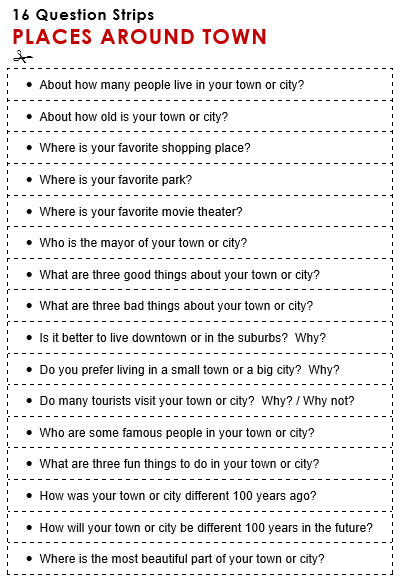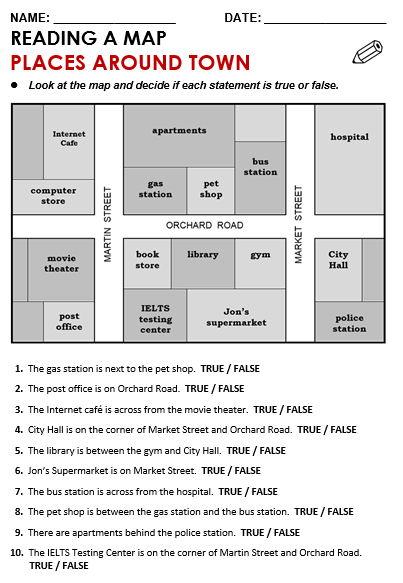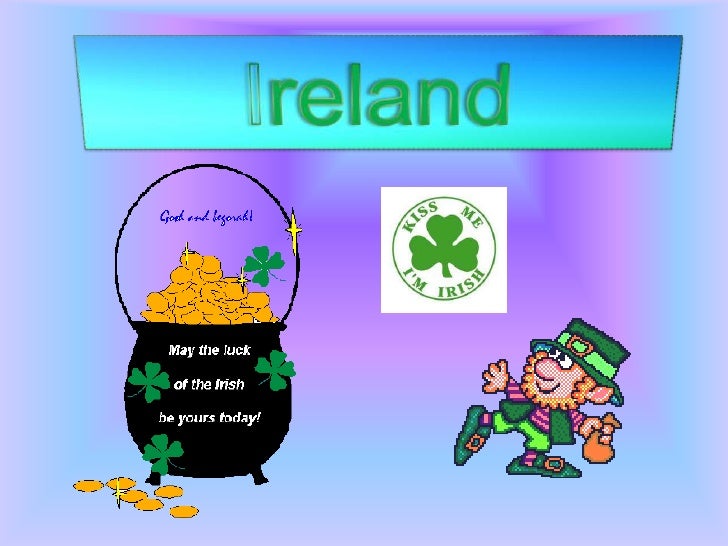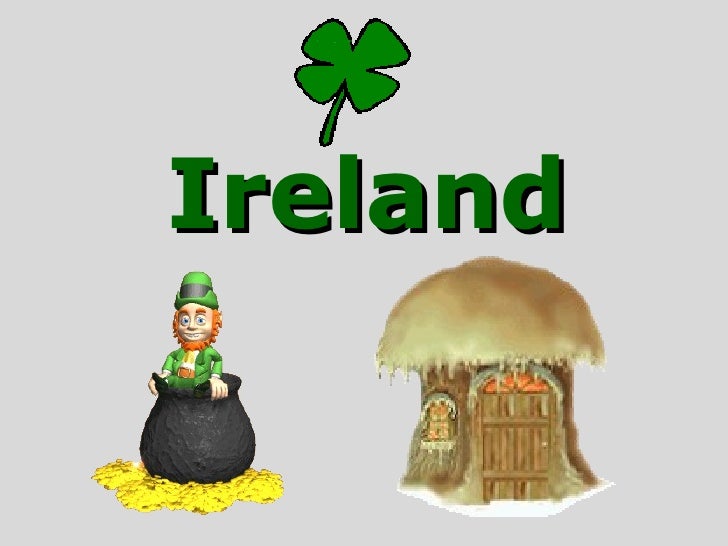TO BE- PAST TENSE GRAMMAR

CHANT
ACTIVITIES

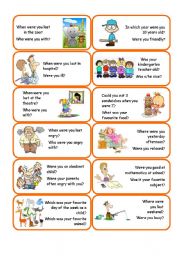
WRITE THE TEXT USING THE CORRECT VERBS.

NEGATIVE & INTERROGATIVE SENTENCES
Activity 1
Activity 2
Activity 3
Activity 4
WH QUESTIONS
QUESTIONS
SONG: WHERE WERE YOU YESTERDAY?
WRITE THE PLACES FROM THE BOX BELOW IN EACH DAY OF THE WEEK. THERE IS ONE PLACE FOR EACH DAY. THEN, MAKE QUESTIONS.
EXAMPLE: Were you in the ....... last Monday?
Yes, I was/ No, I wasn´t.

SPOT THE DIFFERENCES IN THESE PICTURES AND MAKE SENTENCES USING : "there was" and "there were".

Example: There was a bird on the tree at three o'clock.
COMPLETE THE SENTENCES

ANSWER THE QUESTIONS.
-Where were you last Monday? I was in the ... last Monday.
-Where were you last Sunday?
-Where were you yesterday?
-Where were you last Friday morning?
-Where were you yesterday at 5 o'clock?
PLACES IN A CITY
FLASHCARDS
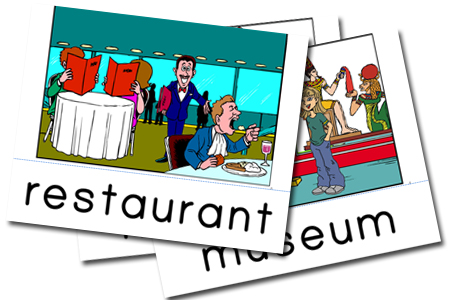
ACTIVITIES
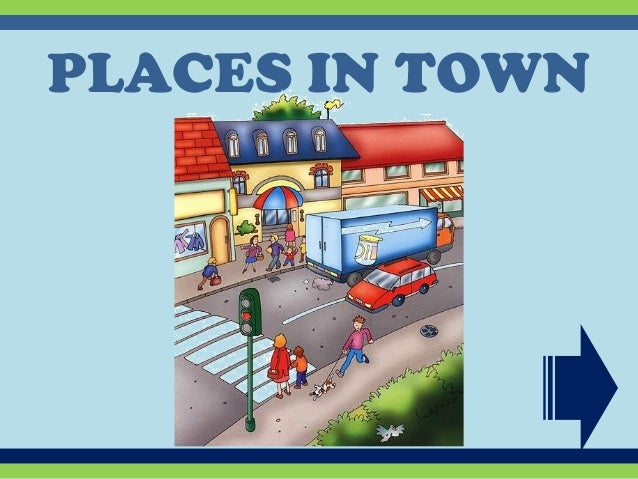
TELLING THE TIME ACTIVITIES

IRELAND
. This beautiful island is in the Atlantic Ocean.
- Ireland (Eire in Irish) is also called "The Emerald Isle" because ot its green countryside.
- Dublin is the capital city of Ireland.
- Main monuments in Dublin are: Trinity College, Dublin Castle, St.Patrick´s Cathedral and National Gallery of Ireland.
- Carrauntoohil is the tallest mountain in Ireland (Located in County Kerry and stands at 1,038m)
- On the island there are many lakes and rivers.
- Shannon is the longest river in Ireland (386 km).
- In Ireland there are not any snakes.
- National sports are "Hurling and Gaelic football"
- Music is an important part of Irish life.Typical instruments are: the harp, the bodhran, the fiddle and the whistle.
- March the 17th is St. Patrick Day in Ireland, a national holiday.
- The shamrock and the harp are national symbols.
- Typical food and drink is : Irish stew, leak soup, shellfish, scones and Guinness beer.
- Guinness beer comes from Ireland and was founded in 1759.
- The Island of Ireland has 32 counties (states),
- Over 4.8 million people live in the Republic of Ireland (2018).
- Irish people speak 2 languages: Irish and English.
- The Irish flag has three vertical stripes in green, white and orange. The green represents the older Gaelic people (most of them Catholics). Orange represents the Protestants, and white represents the peace between the two groups.

LIVERPOOL
Liverpool is a pleasant place to walk around, enjoying the beauty of the water and the shops and places to eat that surround it.
Attractions
Liverpool is home of the Beatles, and there are many attractions related to the band .These include the homes of John Lennon and Paul McCartney when they were little. Beatles fans may also enjoy the opportunity to see Penny Lane and Strawberry fields, real places that the Beatles frequented when they were young. Finally, you can visit The Beatles Story, a museum which explores the band’s history.
Liverpool also has two renowned museums. The first is the Merseyside Maritime Museum; the second is the Walker Art Gallery. The Maritime Museum explains the importance that the sea played in the creation of the city.
The Walker Art Gallery contains British, Italian, and Flemish pictures
Liverpool Cathedral is done in the gothic style. The stained glass is extraordinary.
LETTER PAGE 355. CORRECT THE SENTENCES.
1. Ana says Dublin is a horrible city.
2. Ana says she can see a park from her window.
3. Ana says she hates shopping.
4. Ana says her favourite place is the stadium.
5. Ana says she loves looking at exotic animals.
